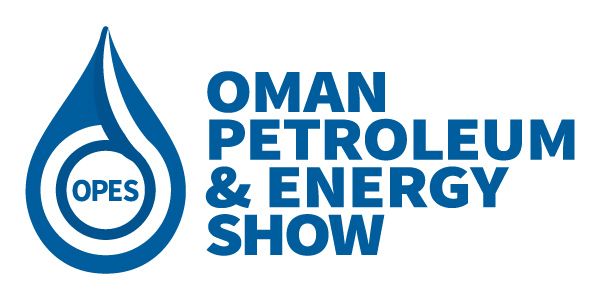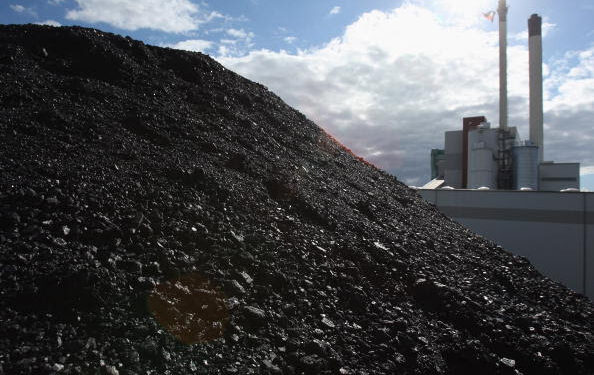A new analysis is taking a closer looking at the scope of New Mexico’s methane problem and the financial impact it’s having on the state’s taxpayers.
We have known for some time that New Mexico had a problem with methane waste and pollution from the state’s oil and gas industry. A 2015 report from business consulting firm ICF International found that more methane gas was wasted from oil and gas production on federal and tribal lands in New Mexico than any other state.
And the infamous hot spot of methane pollution over the state’s San Juan Basin is the highest concentration of this pollution found anywhere in the U.S. But a new report is providing the first-ever comprehensive, statewide view of methane emissions and waste from New Mexico’s oil and gas industry.
This new analysis, which is based on industry-reported inventory data and an extensive review of recent scientific research, estimates that the excessive leaking, venting and flaring of natural gas has resulted in New Mexico’s oil and gas industry emitting 570,000 tons of methane each year.
Methane is a potent greenhouse gas that is emitted with other harmful compounds that can impact public health, but – since methane is also the primary component of natural gas – it’s also a valuable domestic energy resource used to generate about 1/3 of our nation’s electricity.
According to the report, New Mexico’s oil and gas producers are wasting enough natural gas to meet the annual heating and cooking needs of every home in the state. This waste has a direct impact on the local economy. Between $182 and $244 million worth of natural gas is wasted each year, causing taxpayers to lose out on as much as $27 million in tax and royalty revenues annually.
Natural gas that isn’t wasted can be used or sold, and ultimately benefit New Mexico taxpayers. By requiring companies to reduce methane, New Mexico can increase funding for important state needs like education, roads, and bridges, and allow companies to create New Mexico jobs of the future in clean, efficient energy production.
Recent studies have shown that companies in the Leak Detection and Repair (LDAR) industry have enjoyed up to 30 percent business growth when states enact regulations to reduce methane.
The good news is some leading producers are acting. XTO, a subsidiary of energy giant ExxonMobil and a large producer in New Mexico’s Permian Basin, announced that it will make efforts to reduce methane waste at production sites. Meanwhile BP, a substantial natural gas producer in the state’s San Juan Basin, joined an international group of oil and gas producers to also announce efforts to cut methane emissions.
These steps are important, but without actions from state and federal regulators to ensure all New Mexico oil and gas producers are held to the same standard, the problem will continue.
This is why diverse stakeholders from across the state are calling for more oversight of the state’s oil and gas industry in order to protect New Mexico communities from wasteful and polluting practices.
“We have dedicated lawmakers turning over cushions to find funding to improve education for our state’s children, all the while we have significant revenue being lost into the atmosphere,” asserted Bill Jordan, with New Mexico Voices for Children. “To break it down, an additional $27 million in our state’s budget would allow us to increase our Pre-K enrollment by 50 percent. That means an additional 5,000 children could receive vital early childhood education programs. It’s funding that our communities and our youngest children need.”
In recent legislative hearings, EDF has been joined by New Mexico Voices for Children in calling for better efforts to curtail this waste of the state’s natural resources. Methane waste is a huge, two hundred million dollar, piece of low hanging fruit that can increase funding for state needs, create jobs and help clean up the air.
By Jon Goldstein























